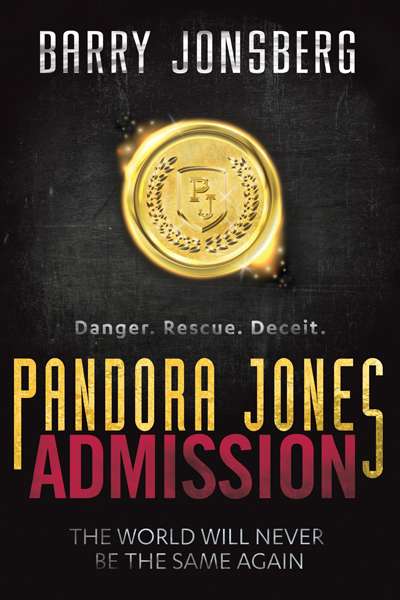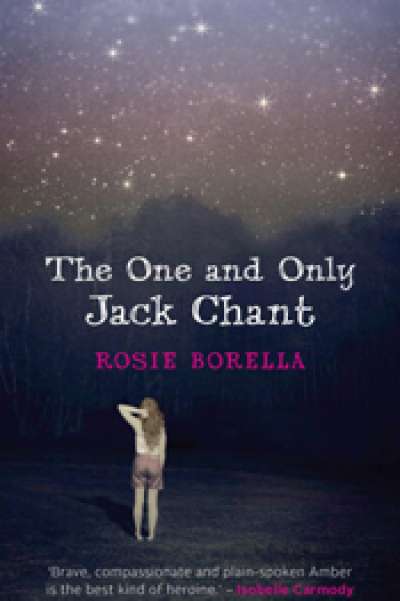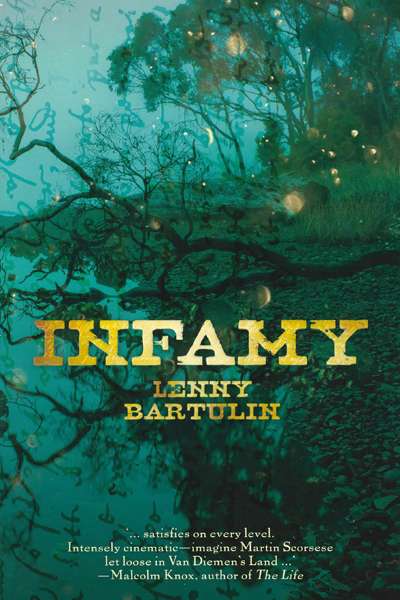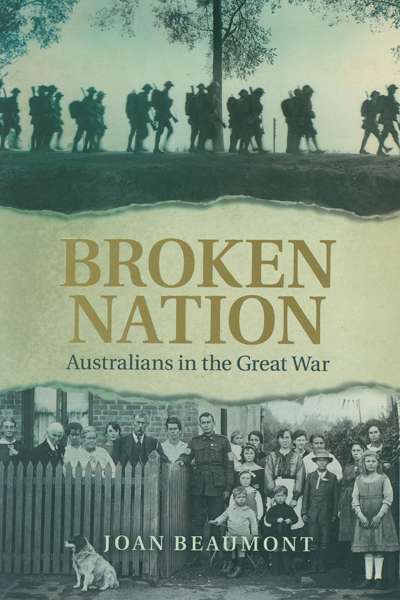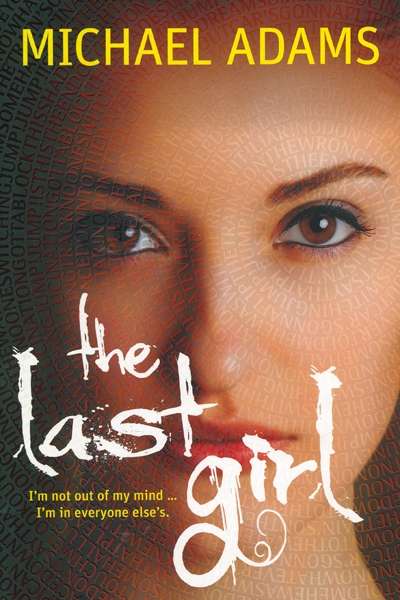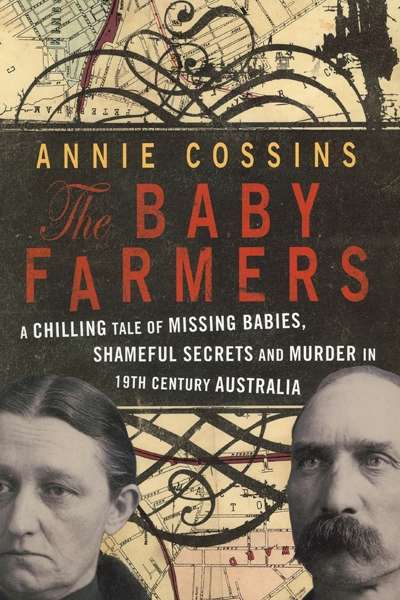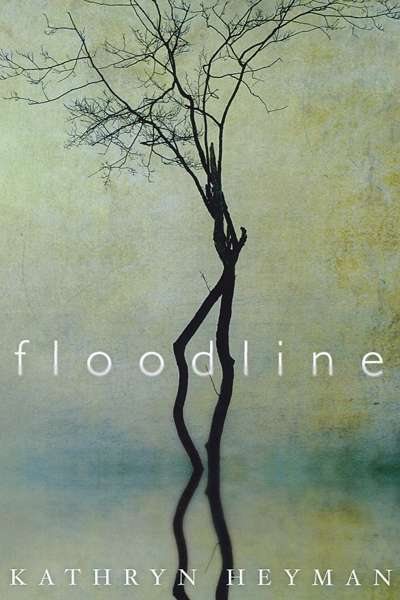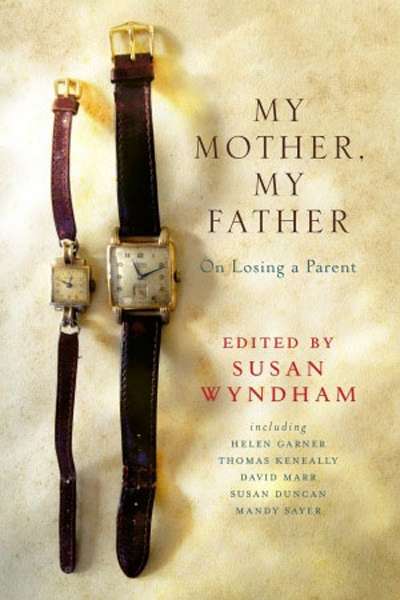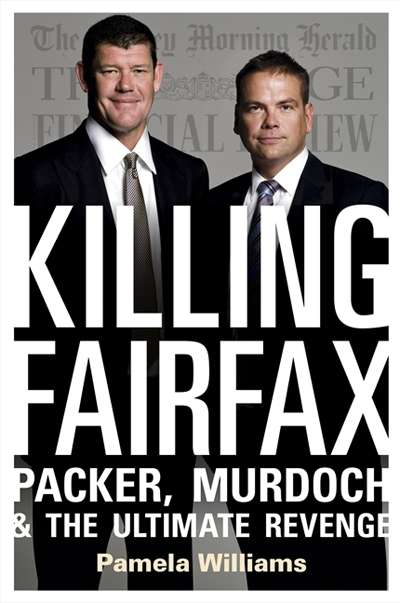Allen & Unwin
Pandora Jones by Barry Jonsberg & Crooked leg road by Jennifer Walsh
by Margaret Robson Kett •
The One and Only Jack Chant by Rosie Borella & The Haunting of Lily Frost by Nova Weetman
by Maya Linden •
Rules of Summer by Shaun Tan & Kissed by the Moon by Alison Lester
by Margaret Robson Kett •
The Baby Farmers: A Chilling Tale of Missing Babies, Shameful Secrets and Murder in 19th Century Australia by Annie Cossins
by Jay Daniel Thompson •
Killing Fairfax by Pamela Williams & Rupert Murdoch by David McKnight
by Jan McGuinness •

